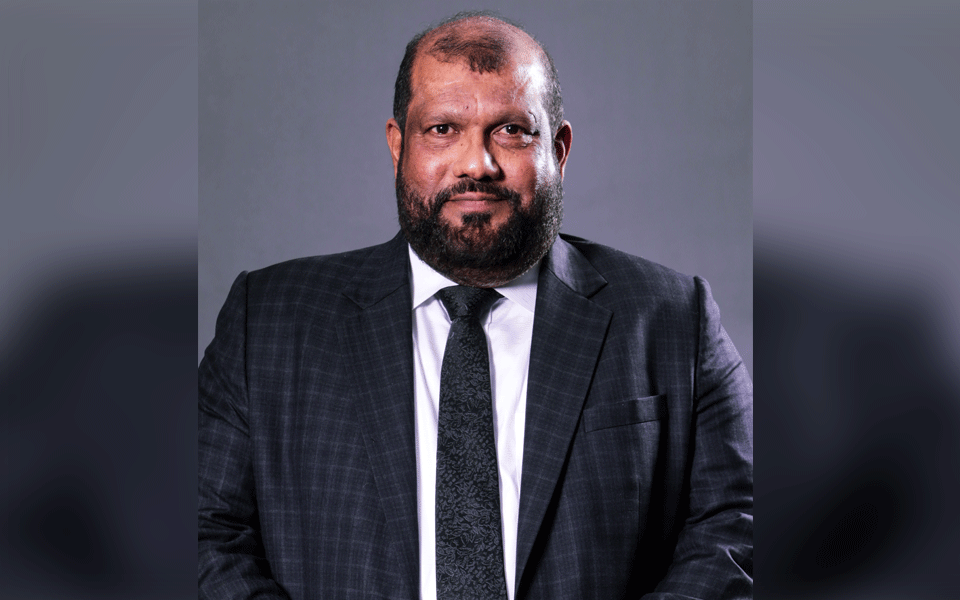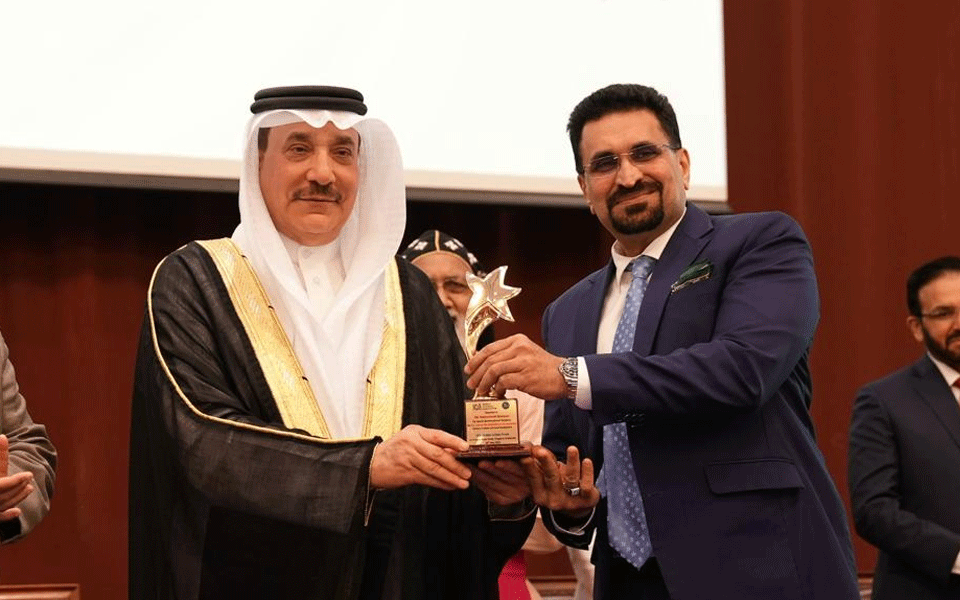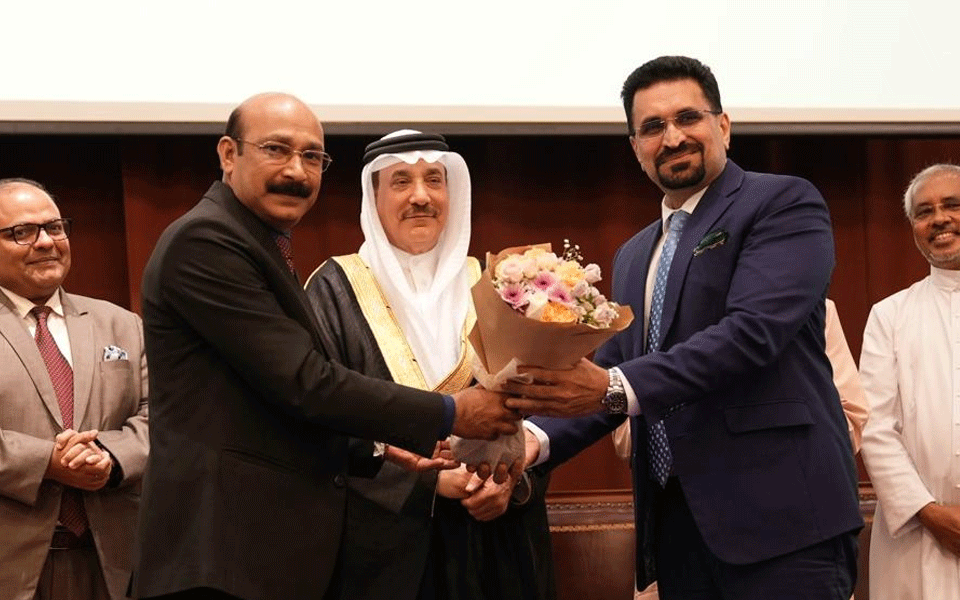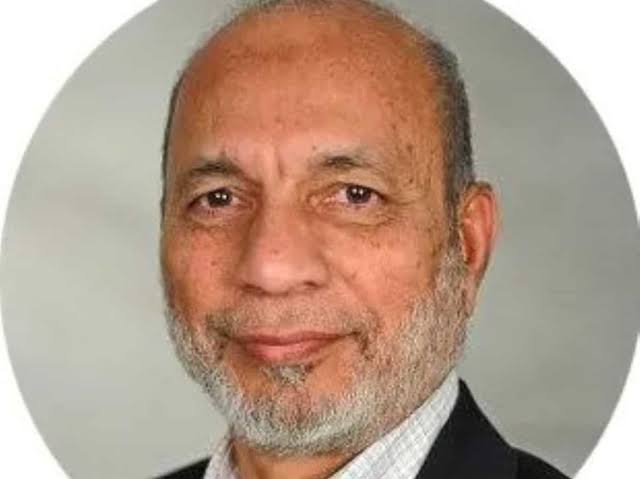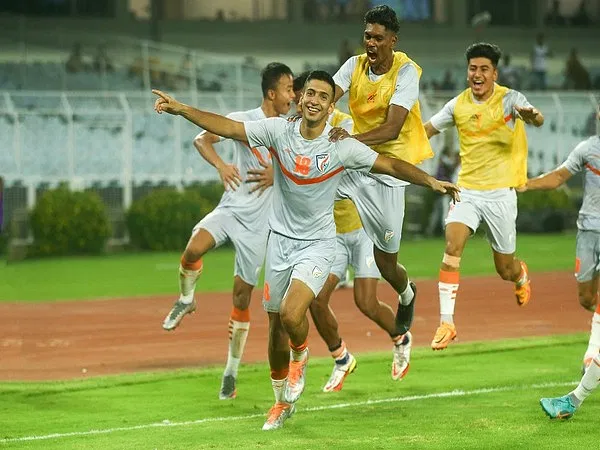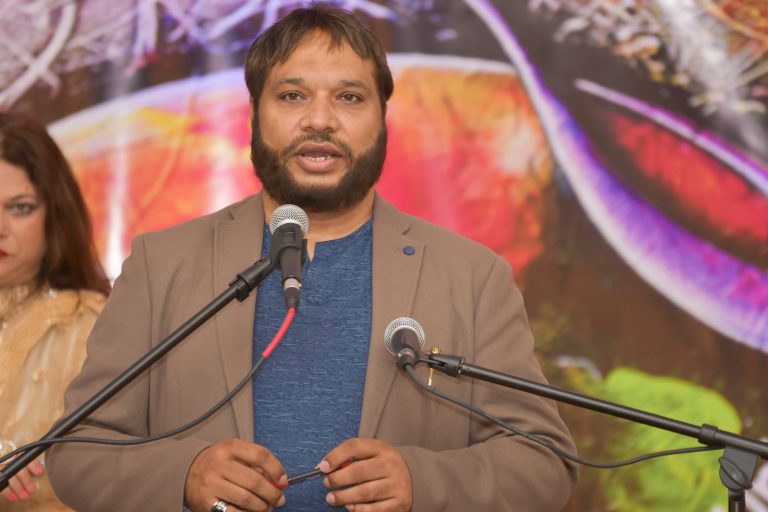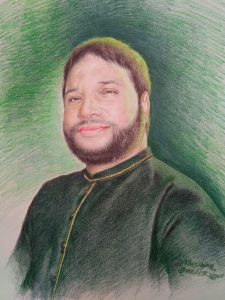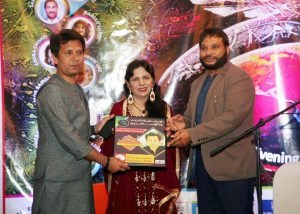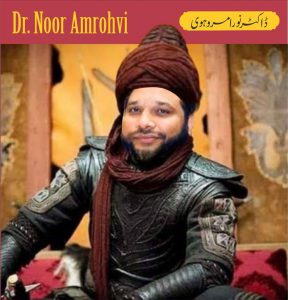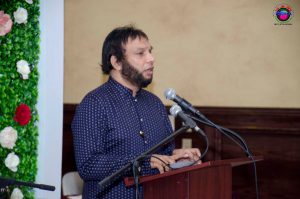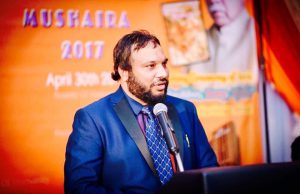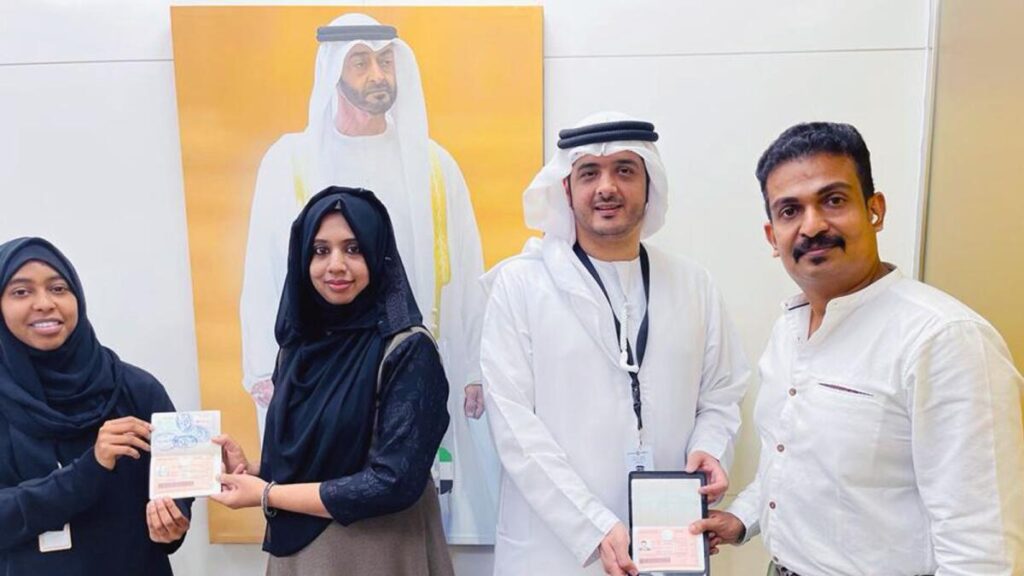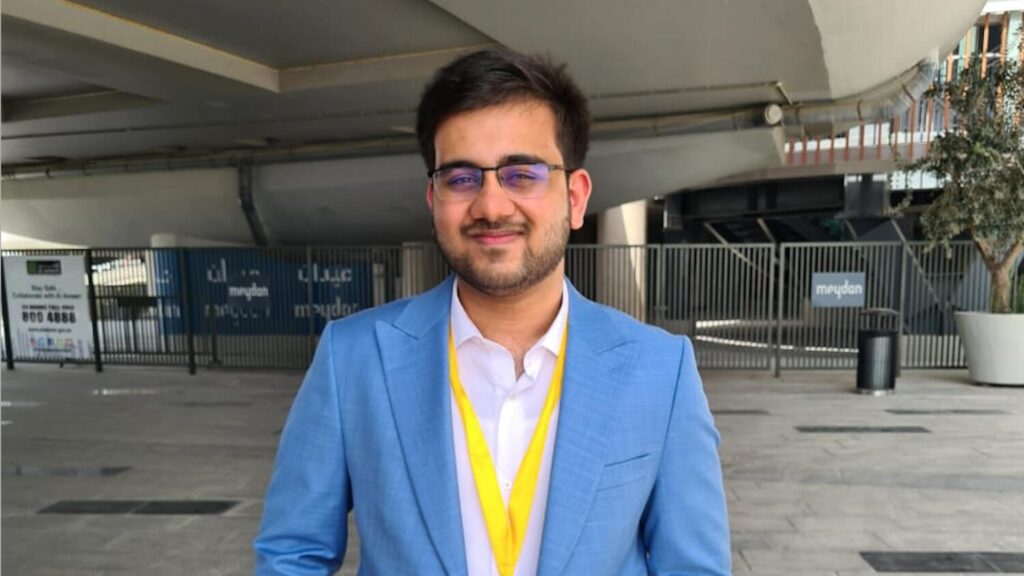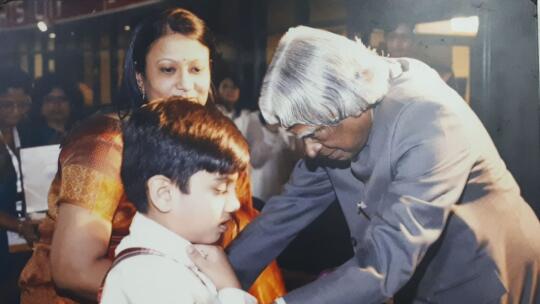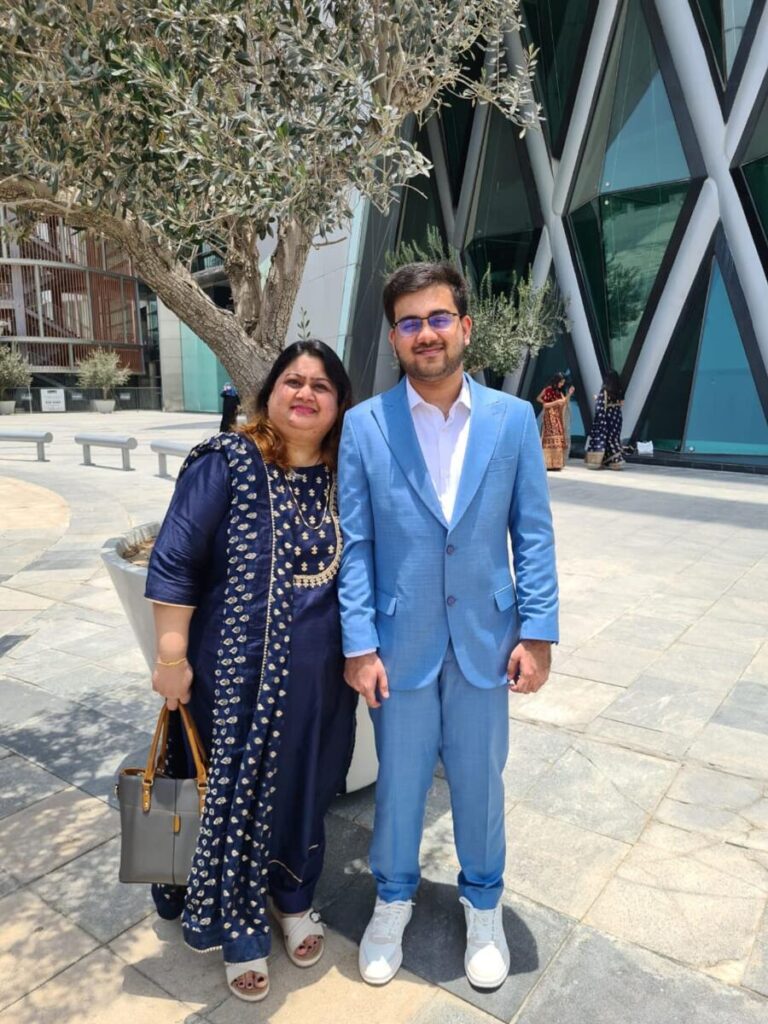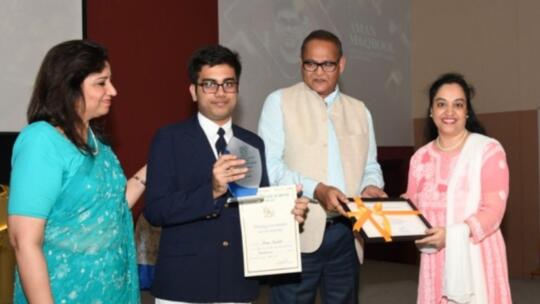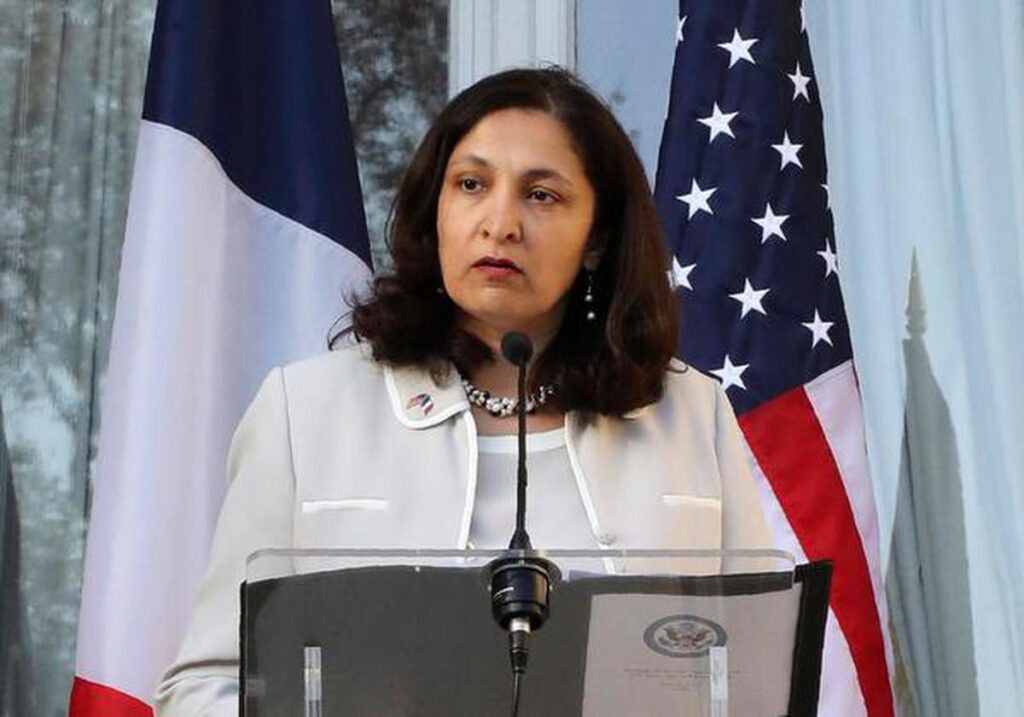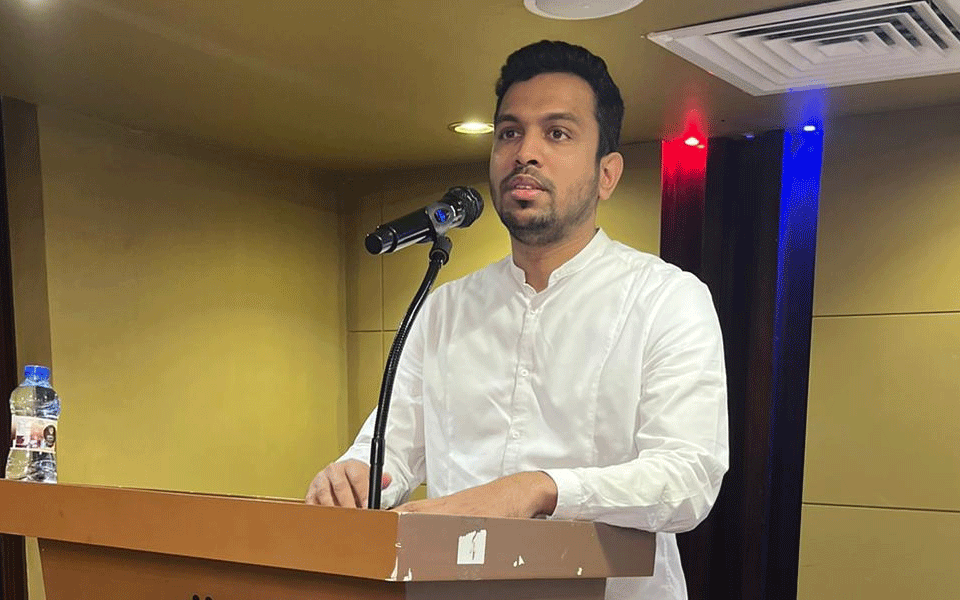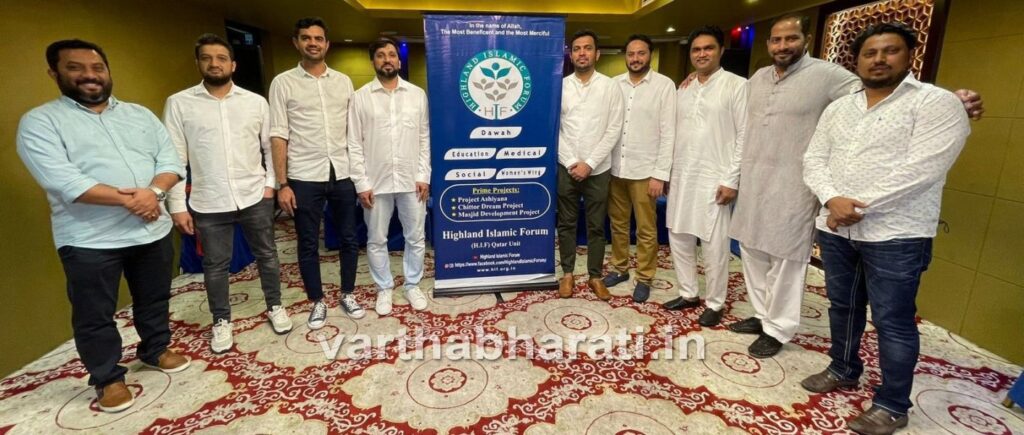Srinagar, JAMMU & KASHMIR / Philadelphia (Pennsylvania), USA :

‘Such lectures are aimed to provide a vibrant platform for students: Director
Srinagar:
World famous cardiologist Dr Riyaz Bashir MD, FACC, who is Professor of Medicine, Lewis Katz School of Medicine at Temple University, USA, Wednesday delivered an expert lecture on medical innovations at National Institute of Technology (NIT) Srinagar.
The event was organized jointly by MSME, Development Institute Srinagar in collaboration with MSME- Business Incubation Centre and IIED Centre.
The event was presided over by Director NIT Srinagar, Prof. Rakesh Sehgal, and world-renowned cardiologist Dr Riyaz Bashir who is also Director, Vascular and Endovascular Medicine and co-inventor of the Bashir™ Endovascular Catheter was the chief guest on the occasion.
In his presiding speech, Director NIT, Prof. Sehgal said new innovations are important and vital for any engineering institution. From medical sciences to agriculture, India is progressing in every field of science and technology. No technology will be successful until we make it sustainable, he said.
Prof. Sehgal also expressed his gratitude to Dr Riyaz Bashir for delivering a memorable lecture on medical innovations. Hosting such renowned personalities is the need of the hour, he said.
Institute’s Registrar, Prof. Syed Kaiser Bukhari said research and innovation are essential to increase the abilities of young minds. “We need to develop and test solutions; predict outcomes and mitigate harm and make informed policy decisions,” he said.
Prof. Bukhari said research and innovation are critical for generating new knowledge, building new infrastructure, and educating innovators and entrepreneurs.
In his key address, Dr Riyaz Bashir delivered his lecture on medical innovations and shared his aspiring journey from Kashmir to the USA with the young innovators.
“Our team is working on removing the blockage of lung arteries by a blood clot results in pulmonary embolism – a condition requiring emergency care that affects thousands of patients across the globe,” he said.
Dr. Bashir further said existing treatments, however, may not fully remove the clot, necessitating the development of new therapeutic strategies for pulmonary embolism.
His team has developed a device known as the Bashir™ Endovascular Catheter (Thrombolex, Inc.), which effectively dissolves the clots in the lungs, with no major bleeding risk.
Dr Bashir also urged young innovators to focus on a problem and then try to find the best solutions possible. “Universe will conspire to make it successful if your intention is to help people and impact lives,” he said.
Assistant Director, MSME Development Institute Srinagar, Saheel Yaqoob Alaqband said the program was aimed to motivate young innovators, and how they will take their innovation to commercial stage.
“Ministry of MSME funds those innovations which have commercial potential and later can change the lives of the people. Dr Riyaz is an example for young innovators,” he said.
On the occasion Head IIED Centre, Prof. Saad Parvez talked about the growing startup culture and how their centre is helping to grow that culture at NIT Srinagar as well as in Kashmir.
He said IIED Centre of NIT Srinagar is the host institute for implementing MSME design and innovation schemes.
The event was attended by Prof. Babar Ahmad, Dr Sheikh Shahid Saleem, G A Harmain, Dr Noor Zaman, Dr Parvez Ahmad Reshi, Dr Dinesh Kumar, Dr Danish Ahmad, Dr Sandeep Rathee, Abdul Hamid (Rahim Greens), Dr Talib Khan (SKIMS), Dr Shiekh GM (Ex. AP, MED) and innovators from NIT Srinagar and MSME.
A formal vote of thanks was presented by Dr Sheikh Shahid Saleem. He expressed gratitude to Dr. Bashir for encouraging the young innovators and boosting their morale. He later thanked all participants for attending the special lecture.
source: http://www.kashmirreader.com / Kashmir Reader / Home / by KR Desk / May 20th, 2022
